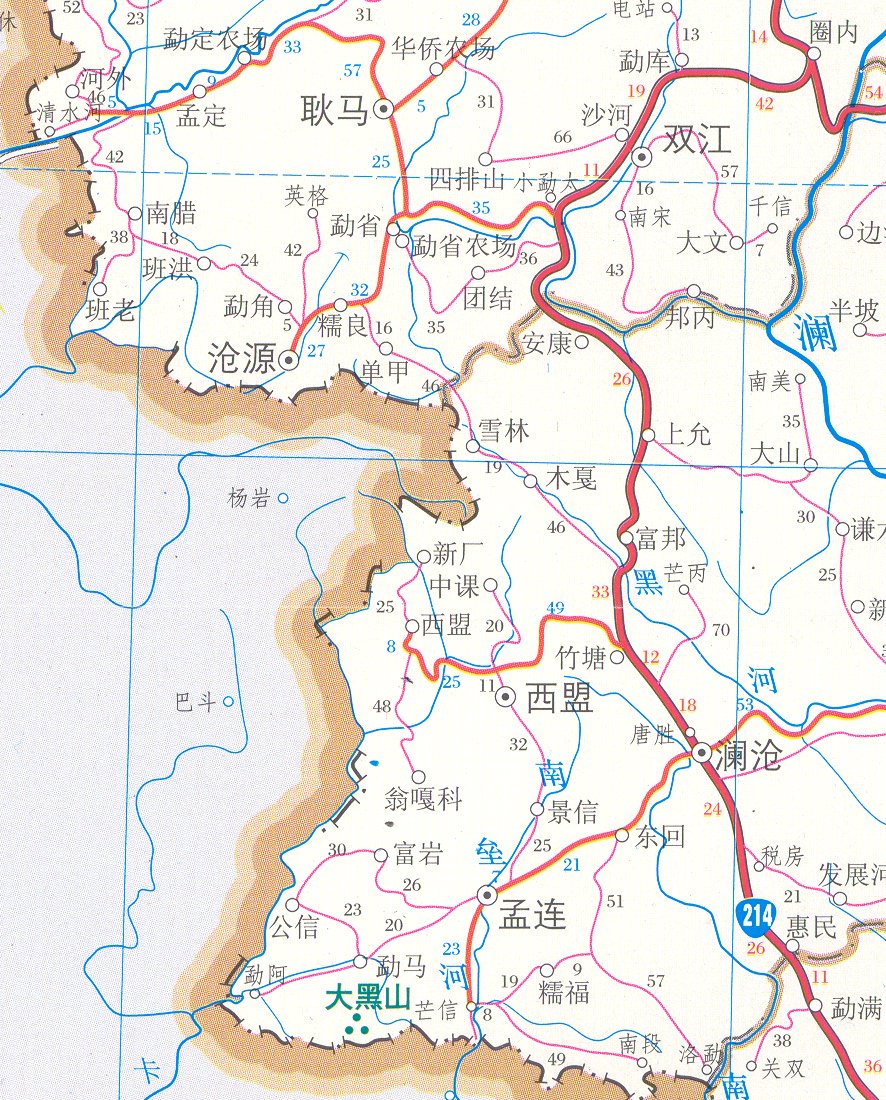
Links to articles and websites that assist in Myanmar research. Links to articles on getting started with Myanmar research. Getting Started Getting Started with Myanmar Research Myanmar, known for most of its history in the West as Burma, is a country in Asia bordered by Bangladesh, China, India, Laos, and Thailand.

Google Maps automatically shows place names in a country’s local languages, but on your computer, you can change your map language. You can change a country domain or language by using Google Maps.
Myanmar language map full#
Click hereto access the full article.Country Information Google Maps automatically takes you to a country domain and shows place names in a country’s local languages. Myanmar is home to one of three largest World War II cemeteries- the Taukkyan cemetery. During the British rule, it was the richest South East Asian country. Around 68 percent of the population is Barmese. Written by Karthikeyan Matheswaran, Thanapon Piman, and Rajesh Daniel of SEI. Myanmar has over 135 ethnic tribes and Barma is the largest one. River course changes in an Ayeyarwady reach. as they speak Rakhine which is closely related to the Burmese language. To capture user needs and feed into the overall service planning, the SERVIR-Mekong project team conducted a needs assessment workshop in Yangon on May 16, 2019, with national and regional DWIR officials, multiple government agencies, universities, and national and international NGOs. World Directory of Minorities and Indigenous Peoples - Myanmar/Burma : Muslims. of only allowing Burmese to be used in government schools. The SERVIR-Mekong consortium, which includes the Asian Disaster Preparedness Center and SEI, is co-developing this service with DWIR to ensure an adequate knowledge base to plan and make informed decisions on riverbank protection at large spatio-temporal scales. The Shan of northern Myanmar speak a language of the Tai-Kadai family. To address this river management knowledge gap, SERVIR-Mekong, a joint initiative between the United States Agency for International Development (USAID) and the National Aeronautics and Space Administration (NASA), is developing a seasonal river morphological monitoring and warning system called Dancing Rivers. How can we improve the monitoring mechanism and build the warning system? The Directorate of Water Resources and Improvement of River Systems (DWIR), Myanmar’s national governmental agency responsible for managing river systems, faces a daunting challenge to monitor river morphological change over several thousand kilometres of river in the country – a challenge that requires extensive human, financial, and technical resources. The country’s name was changed only in English. These temporary but frequent relocations expose communities to a host of difficulties, including water shortages, lack of fertile farmland, and loss of meagre savings as people are forced to rebuild their lives from scratch. In the Burmese language, Myanmar is simply the more formal version of Burma. The choice between staying in one place or relocating permanently elsewhere is often only a question of a few meters for many communities living along the country’s rivers.
Myanmar language map drivers#
In recent years, increased quarrying activities have emerged as an additional drivers of relocation and livelihood loss.

This forces people to relocate their homes and lose agricultural livelihoods. The Atlas contains general datasets from international data providers and agricultural-related datasets generated from 2001-2002 statistics at State/Division and District level. Recurrent riverbank erosion and collapse are becoming frequent, particularly during Myanmar’s monsoon season. Description: A3 printed atlas (120 pages) collecting the most important maps, associated tables and derived charts extracted from the Digital Agricultural Atlas of the Union of Myanmar. Last year in Myanmar, floods resulted in 31 deaths and displaced over 300,000 people because official warnings came too late.To help prevent such crises, SERVIR-Mekong and the Stockholm Environment Institute (SEI) are developing a seasonal river morphological monitoring and warning system called Dancing Rivers to improve flood forecasting in Myanmar. Burmese is a Sino-Tibetan language spoken in Myanmar (also known as Burma) where it is an official language and the language of the Burmans, the countrys.

SERVIR-Mekong is using satellite-based monitoring tools to support Myanmar agencies and communities to manage the risks better. Changes in river morphology including floods, erosion, and landslides are affecting ecosystem habitats and the lives and livelihoods of communities living along Myanmar’s rivers.


 0 kommentar(er)
0 kommentar(er)
